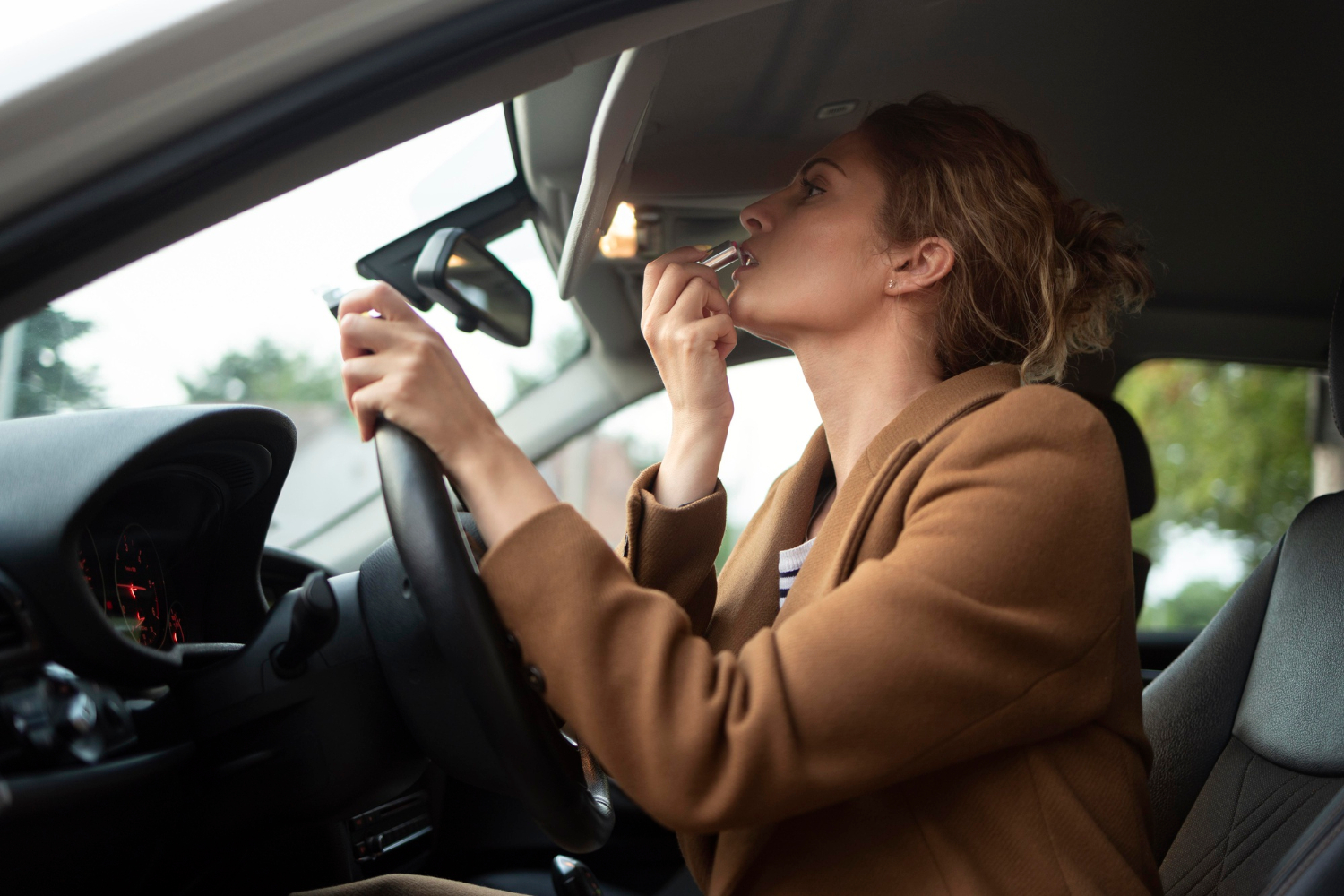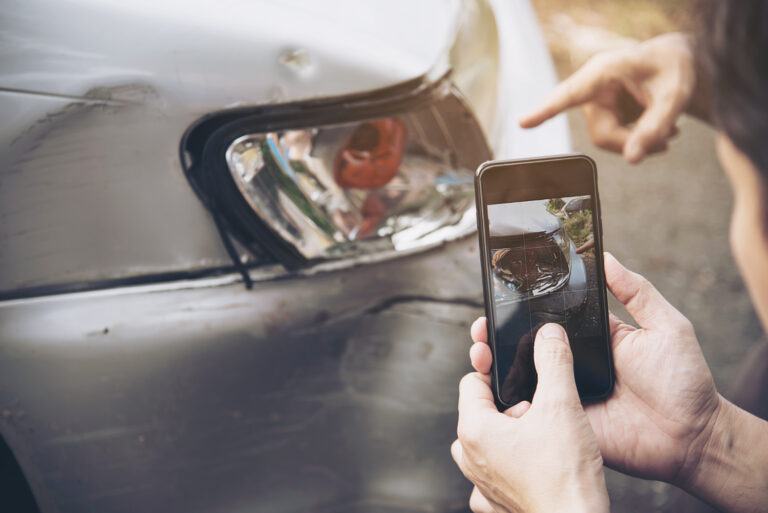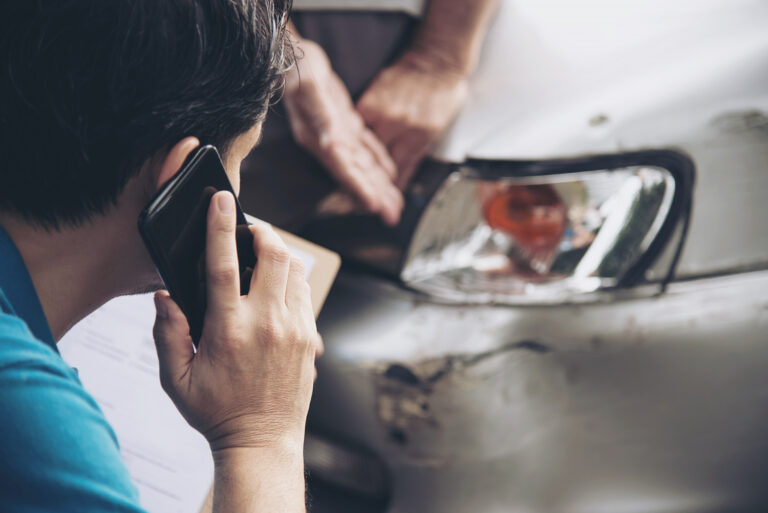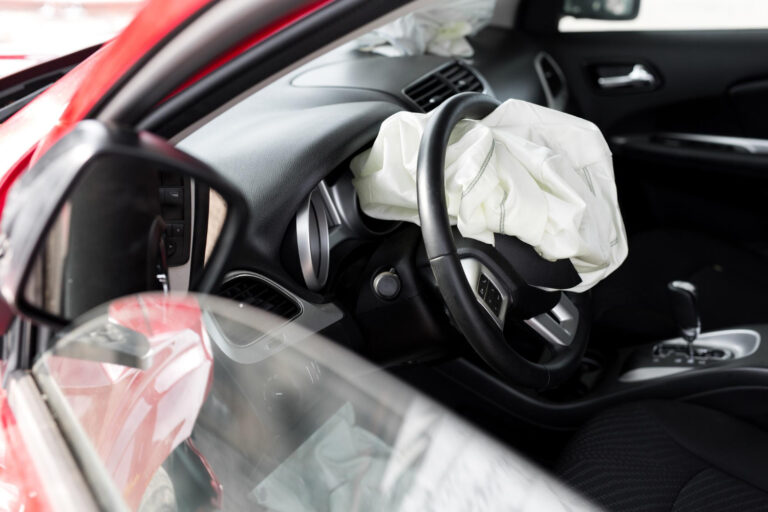
At JeffMcKnightLaw, we often hear stories from our clients about the dangers of distracted driving. It’s an important issue that affects everyone on the road. Our experience working with a variety of cases has shown us which drivers are most at risk. In this article, we’ll share those insights to help you stay safer behind the wheel.
Based on studies, young drivers and inexperienced drivers are more susceptible to distractions while driving. They are often less adept at multitasking and more prone to using mobile devices. Older drivers with declining cognitive functions may also be at risk.
Young Drivers and Distractions
Young drivers are 25% more likely to be involved in car accidents due to distractions.
When it comes down to it distractions like using cell phones, talking to passengers, eating, drinking, changing the radio, and daydreaming can make driving dangerous. When young drivers get distracted, they aren’t paying attention to the road, which makes accidents more likely. Research shows that young drivers are more prone to crashes due to these distractions than older drivers.
One big reason distractions are riskier for young drivers is that they don’t have much experience driving. New drivers often find it hard to do multiple things at once, so staying focused on the road is tough when they’re distracted. You know, also, young drivers sometimes think they are better drivers than they really are, so they might believe they can handle distractions when they can’t.
It’s very important for young drivers to understand how dangerous distractions can be and to work on minimizing them. This could mean turning off their phones, not eating or drinking while driving, and keeping conversations with passengers to a minimum. Starting these habits early can help young drivers become safer and reduce the chances of accidents due to distractions. Always remember, safety for everyone on the road should be the main concern when driving.
Teen Drivers’ Susceptibility
Teen drivers are three times more likely to be involved in a fatal crash due to their lack of experience on the road.
Fundamentally studies show that teenage drivers are more likely to do dangerous things like speeding, driving while distracted, and not wearing seat belts. This happens because they are more impulsive and willing to take risks compared to older, more experienced drivers.
Teens are also more easily influenced by peer pressure. They may drive recklessly to impress their friends or fit in with a social group. The part of their brain that helps with making decisions and assessing risks isn’t fully developed yet, which further leads them to make poor choices while driving.
You know, teen drivers often get into more accidents because they don’t fully understand road rules and signs or aren’t as aware of their surroundings. They lack the experience to predict and react to potential dangers on the road, making them more likely to crash.
In short, teen drivers are at higher risk of accidents due to their inexperience, risky behavior, peer pressure, underdeveloped decision-making skills, and limited knowledge of road rules. It’s important for teens to get proper education and guidance on safe driving to help keep them safe on the road.
Older Drivers and Distraction Risks
Older drivers face increased distraction risks behind the wheel due to age-related cognitive decline and slower reaction times.
Essentially as people get older, their mental abilities, like paying attention and reacting quickly, can slow down. This makes it harder for older drivers to deal with distractions while driving. They may find it more difficult to do several things at once, like focus on driving while using a phone, GPS, or talking to passengers.
Physical changes, like worse vision and hearing, also add to the problem. Bad eyesight can make it tough for older drivers to see and respond to dangers quickly. Hearing loss can make it hard to notice important sounds like sirens or horns. In essence, older drivers might also struggle more with technology in the car, like GPS devices or entertainment systems. These gadgets can take their attention away from the road.
Older drivers face more risks from distractions due to changes in their minds and bodies. It’s important for them to be aware of these risks and try to reduce distractions. This can include not using technology while driving, keeping conversations with passengers to a minimum, and getting their vision and hearing checked regularly.
Impact of Technology on Drivers
Advanced driver-assistance systems have significantly reduced accident rates, but distractions from mobile devices continue to pose serious risks on the road.
Technology in cars has made them safer with features like collision detection, lane departure warnings, and adaptive cruise control. These help reduce accidents and save lives.
But technology can also distract drivers. Using smartphones, GPS devices, and in-car entertainment systems can pull attention away from driving, leading to more accidents. Many drivers also feel the urge to check messages while driving, which is dangerous.
Relying too much on GPS can be a problem. While GPS helps us get to places easily, it can make us forget basic navigation skills. This becomes an issue if the GPS signal is lost or gives wrong directions.

Distracted Driving Statistics
In recent years, distracted driving has become a leading cause of car accidents, significantly increasing the number of traffic fatalities.
A lot of accidents and injuries on the road happen because drivers get distracted. This can include things like texting, talking on the phone, eating, adjusting the radio, or chatting with passengers.
Research shows that distracted driving is a major cause of car accidents, and a lot of crashes happen because the driver wasn’t paying attention. Young drivers are especially prone to this, as they’re more likely to do things that take their focus off the road. Essentially speaking, this has led to many campaigns to teach people about the dangers of distracted driving and to promote safer driving habits.
The numbers are still worrying. It’s clear that we need to do more to solve this problem and make our roads safer. This could mean stricter laws, better enforcement, and more education to remind people to always focus on driving.
The Final Analysis
Young and inexperienced drivers, as well as those who frequently use electronic devices while driving, are more susceptible to distractions on the road.
What JeffMcKnightLaw is recommending is, it is important for all drivers to recognize the dangers of distractions and make a conscious effort to prioritize safety while behind the wheel.
References
- “Distracted Driving: The Multitasking Myth” by David L. Strayer, Cambridge University Press
- “Effects of Personality on Driving Behavior and Traffic Safety” by Lisa Dorn, CRC Press
- “Driver Distraction and Inattention: Advances in Research and Countermeasures” by Michael A. Regan, Ashgate Publishing Limited






